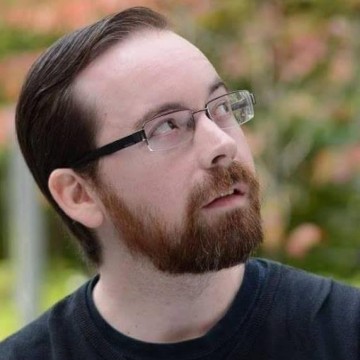Don’t Recast Freddy Krueger!
There’s a better way to continue the Nightmare on Elm Street franchise!

Table of Contents
Fan Casting is Fun, But…
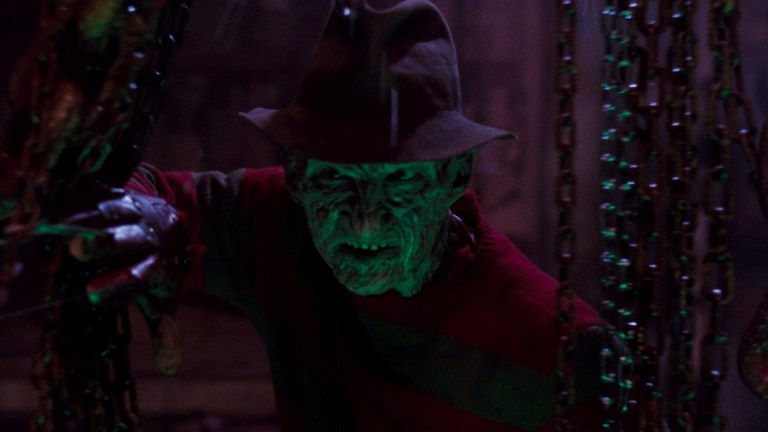
Freddy Krueger is an icon. He is an icon of horror, and he is an icon of pop culture. He’s a character who has resided within the upper echelon of horror-movie villains for decades. Nearly everyone knows who he is, regardless of whether or not they’ve ever seen a Nightmare on Elm Street movie.
But we haven’t seen Freddy in a movie since the 2010 remake, and we haven’t seen Robert Englund’s Freddy Krueger in a feature film since 2003’s Freddy vs. Jason. In this modern era of legacy sequels, it’s shocking that there hasn’t been a new Nightmare movie in recent years. Rumors of a reboot persist, though most of those rumors are fueled by fan speculation and desire rather than actual evidence. Further stifling fans’ hopes is the fact that Robert Englund has repeatedly stated that he can no longer meet the physical demands of playing Freddy for one more full film (though he doesn’t rule out the idea of a cameo).
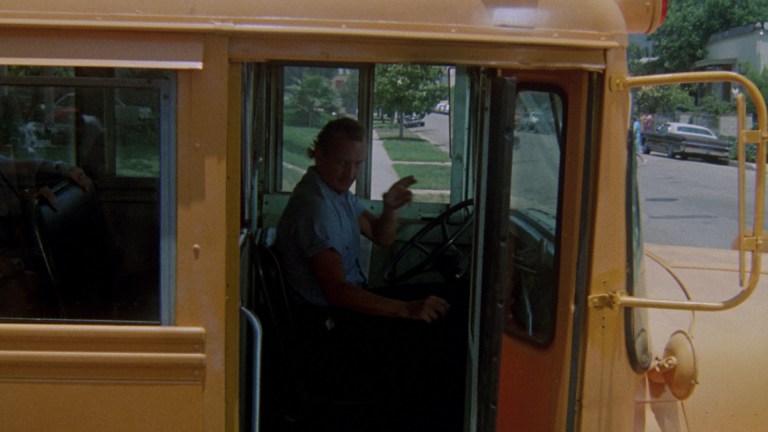
Naturally, with the demand for Freddy still high, fans regularly share their thoughts on who should take up the mantle of Freddy Krueger next. Some think Jackie Earle Haley should be given another chance at the role. Others point to actors like Willem Dafoe or Walton Goggins. One fan-casting that Robert Englund enjoys is Kevin Bacon. The list of potential Freddys goes on and on.
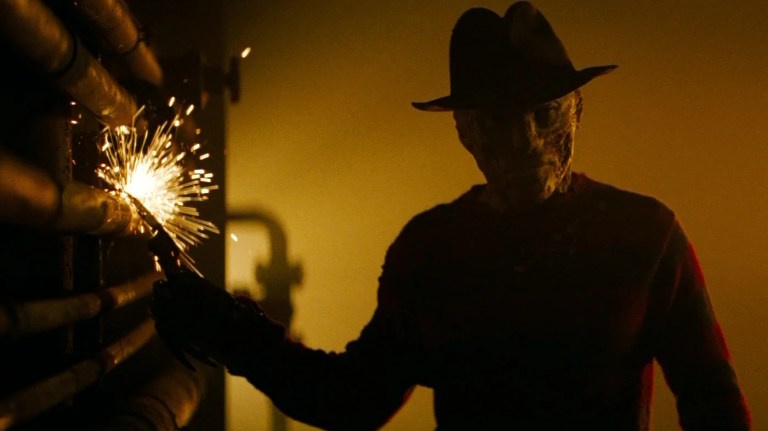
Fan casting is fun, but with all due respect to the many wonderful actors who fans want to see covered in Freddy’s burn makeup, I don’t want to see any of them. Don’t get me wrong, I absolutely do want to see a new cycle of Nightmare movies. I just think that recasting Freddy isn’t the best way to do it. But I’m not ignoring the fact that Robert Englund himself has said that he can’t play the role. I’m not asking for a return of Englund’s Krueger. Instead, I want something totally different, something that will honor the legacy of Freddy Krueger and continue the A Nightmare on Elm Street franchise for as long as people want to see it.
Robert Englund IS Freddy Krueger
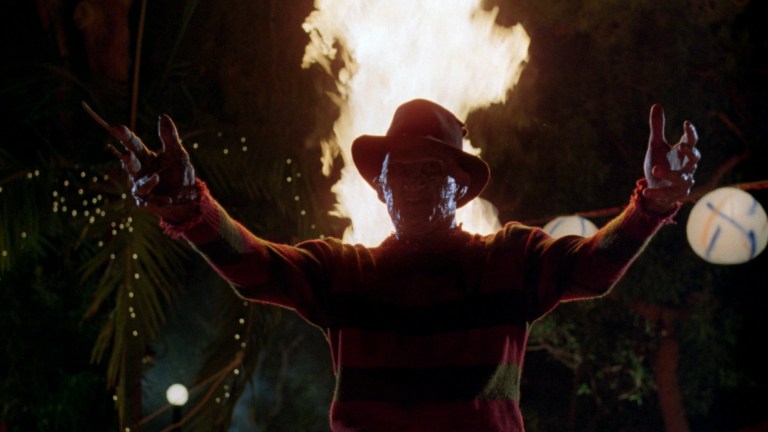
Before I get into what I’d like to see happen in the Nightmare franchise, I need to explain why I don’t want a new actor as Freddy. I’m not one of those people who thinks that no character should ever be recast. However, I am one of those people who has very strong opinions about certain characters as played by certain actors (as evidenced by my article on The Crow). For Freddy, nobody will ever come close to replicating what Robert Englund did in the role.
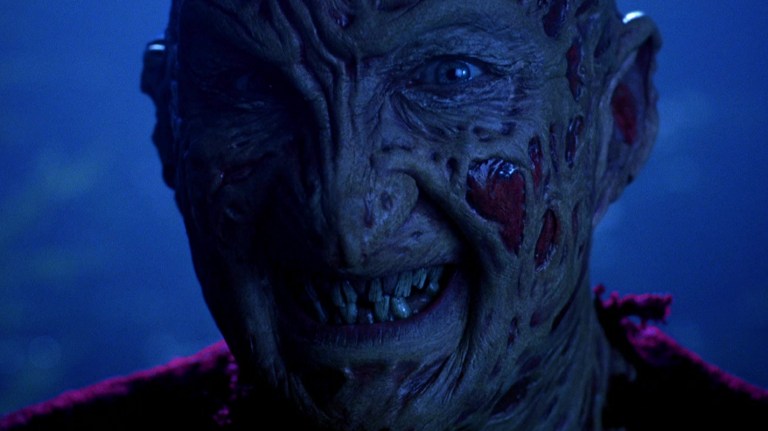
Freddy was created by Wes Craven, but the character was brought to life by Robert Englund. The wise-cracking Freddy that became the iconic form of the character fully came together in A Nightmare on Elm Street 3: Dream Warriors (1987), which is a movie that Wes Craven had relatively little creative input in after his co-written script was heavily modified. So the only truly significant creative throughline for the character is what Robert Englund brought to it.
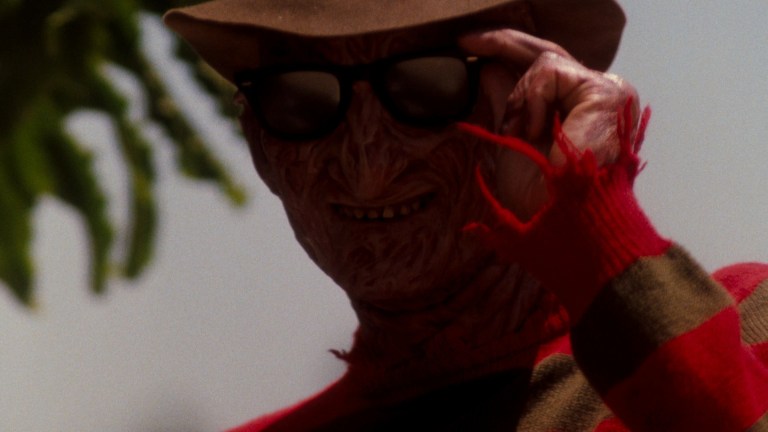
Englund’s contributions to Freddy extend far beyond the movies. There was a Freddy’s Nightmares television series, Freddy made appearances in music videos and in commercials, and he hosted TV shows. Freddy was everywhere for a while, and most appearances of the character were portrayed by Robert Englund. Freddy’s widespread popularity, his longevity as a significant figure in horror, and his unique personality mean that it’s incredibly difficult to separate the character from the actor.
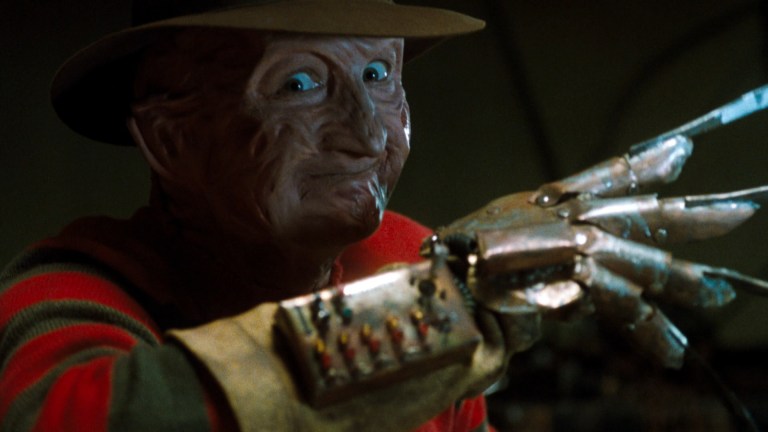
Of course, Freddy was recast for the 2010 A Nightmare on Elm Street, but the tepid critical and audience responses to that film support the idea that any attempt to put another actor in the role of Freddy is misguided. Sure, the movie made good money at the box office, but good money and good movies don’t always go hand in hand. Jackie Earle Haley is a great actor and was a fine choice for Freddy, but he was hindered by an uneven script, and he was overshadowed by Englund’s legacy.
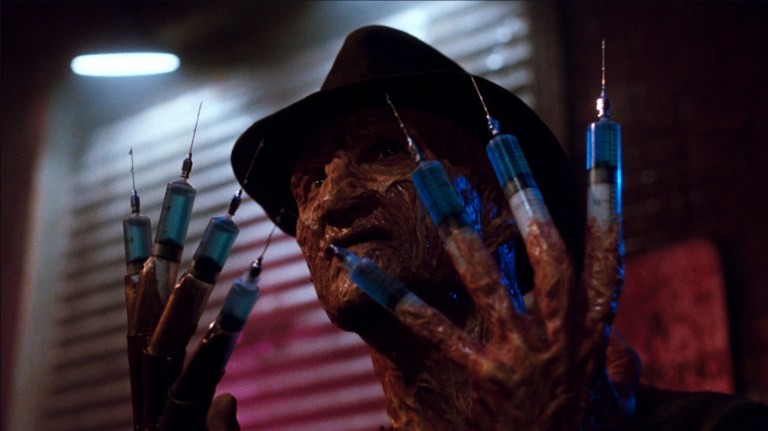
Haley’s Freddy felt like an imitation, while Englund’s has always felt original and authentic. That’s because Robert Englund was the first, best, and longest-running actor to play the role, and because Englund had the biggest hand in shaping the character and influencing how Freddy is perceived today. And that’s the most crucial part. The villain in a Nightmare movie should be original and unique to the actor in the role. Bringing Freddy back with anyone else is always going to feel like an imitation of someone else’s work. So it shouldn’t be done. There is a better way.
New Villain, New Actor, New Direction
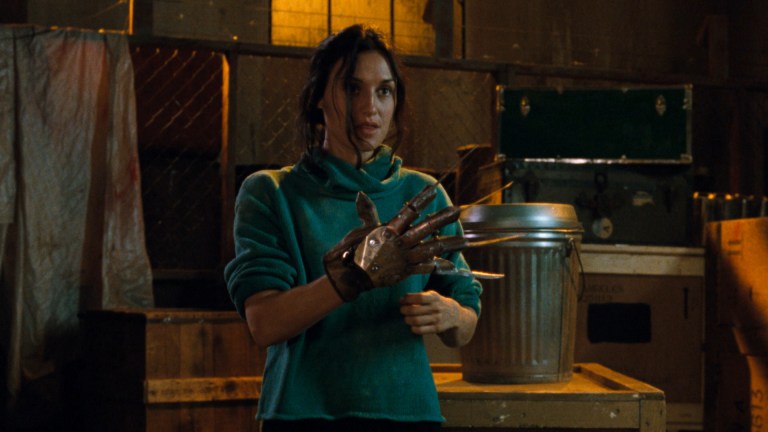
Freddy shouldn’t be recast because the better idea is to create a new Nightmare villain, with a new backstory and personality, who is brought to life by a new actor. No more Freddy Krueger. Robert Englund perfected the character, and since he can’t play the role anymore, the time for Freddy is over.
A new Nightmare killer should be played by an up-and-coming actor who would be given the freedom to make the new villain their own, for however long they choose to stay in the role (or however long their movies are successful). It’s worth pointing out that even though Robert Englund had been acting for at least a decade before A Nightmare on Elm Street, he wasn’t a household name like the actors who are regularly featured in Freddy fan-castings. Robert Englund became a horror icon (despite his protestations to that label) thanks in large part to his portrayal of Freddy Krueger. He’s a character actor who made a character his own, and he thrived because of it. That same kind of opportunity should be given to whoever plays the next villain in the Nightmare franchise.
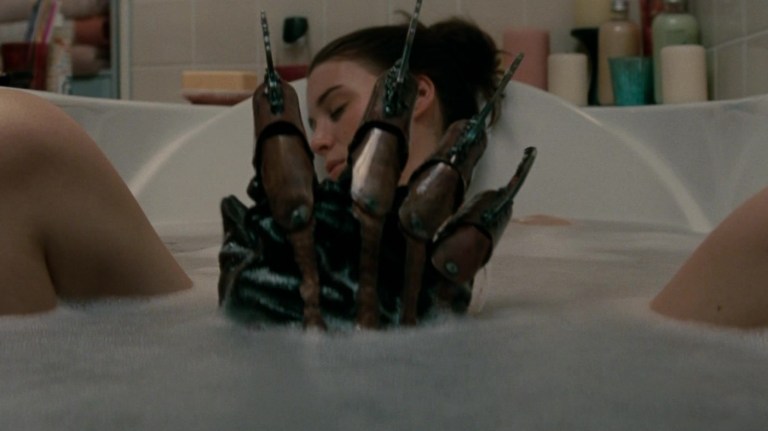
Many horror fans keep asking for new villains. In recent years, Art the Clown is probably the closest we have to a modern slasher icon like Jason, Michael, or Freddy. You could argue that there are a handful of other highly-recognizable modern slashers (maybe M3GAN or Pearl), but the current film industry often struggles with creating something new without being weighed down by the past. Scream looked like it was attempting to move forward, but it appears to be falling back on its past with the next film. Halloween wouldn’t commit to building towards the future either, ultimately going back to Laurie versus Michael at the end of the final film in the modern trilogy. Nightmare should ignore those trends and set itself up for the future of the franchise. Another reboot with Freddy would be a dead end.

One of the biggest reasons why Freddy became such an icon is because he felt completely new and exciting in a time when the most popular slasher villains were seen as silent stalkers. Freddy led the way for a wave of personality-based slashers like Chucky and the Leprechaun. A Nightmare on Elm Street was one of those rare films that caused the industry to shift its way of thinking about horror. For the series to have a similar impact today, the only answer is to make something completely unexpected with the next film. But how can the tenth movie in a 40-year-old franchise surprise people? How can it balance the studio’s insistence on nostalgia while fulfilling the audience’s desire for something fresh?
The Dream Demons are the Answer
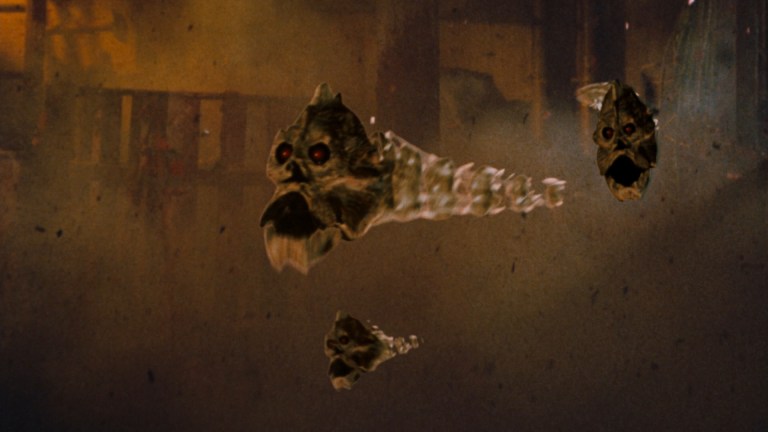
The lore of the Nightmare movies creates a scenario that can allow the franchise to continue forever without the need to recast any character. If you’ve seen Freddy’s Dead: The Final Nightmare (1991), then you might remember the floating, worm-like Dream Demons. They are the path forward. And sure, there’s irony in bringing up a somewhat obscure part of the past and using it as the basis of an argument for creating something completely new for the future, but stick with me on this.

The Dream Demons gave Freddy Krueger his dream-murder powers in the moments before his original death by fire at the hands of the parents of Elm Street. They existed before Freddy, and they were last seen fleeing the scene when Freddy’s body was exploded outside of the dream world in Freddy’s Dead (the Dream Demons also appeared in comic-book form, but that’s not canon to the movies). The Dream Demons are still around, and they’re potentially looking for another depraved killer to bestow the power of dreams upon. That killer could be anyone.

Let’s be honest though. The Dream Demons are kind of silly, and their inclusion in the series borders on overexplaining things that don’t necessarily need an explanation. But there’s an answer for that too: just don’t mention them. The original A Nightmare on Elm Street didn’t need the Dream Demons to work (obviously, since they weren’t created yet), but if you choose to retroactively believe that they are there, you can. Create a new movie that stands on its own, but allow fans to connect it to the past if they want to. If there’s a new dream-slasher somewhere in the world, and maybe there’s a passing mention of the Springwood Slasher or something else that makes it clear that the movie exists within the same continuity as the previous Nightmare movies, then fans can theorize about how it all connects. The Dream Demons would be the obvious, yet unstated, answer.

Creating a new Nightmare killer like this would keep the lore of the franchise intact, and it would allow the studio to insert whatever nostalgia-bait it feels is necessary. From a creative standpoint, it would allow new filmmakers to take the franchise into any direction it wants. Comedic? Horrific? Mysterious? Anything would be possible. And on top of everything, it would facilitate the creation of a new horror icon that could carry the series into the future while making a star out of the character’s actor. Everybody wins.
The Challenges
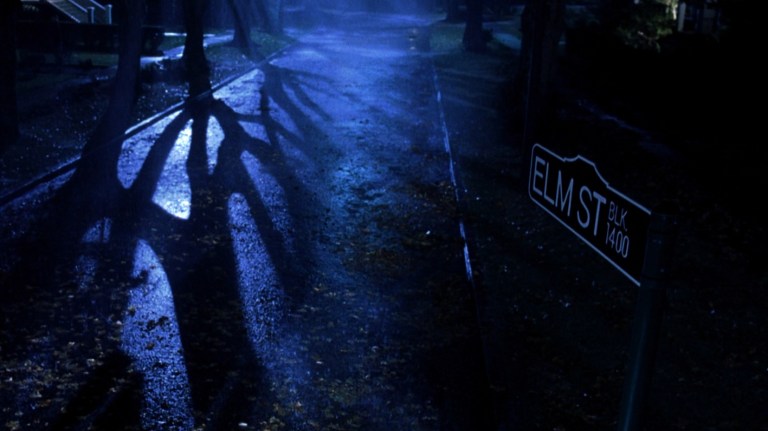
There are two big hurdles in this idea of a completely new direction for the Nightmare franchise. First, the rights to the series are split. The estate of Wes Craven reportedly regained the rights to A Nightmare on Elm Street back in 2019. As far as anyone knows, these rights are for the United States, and New Line/Warner Bros. own the rights for anything released internationally. How accurate this description is comes down to speculation. Back in 2023 Mike Flanagan spoke about wanting to make something in the Nightmare universe, but he stated that the rights situation is “fraught,” and that nobody knew who to talk to in order to get anything moving. So, before anything can be made, the rights have to be settled.
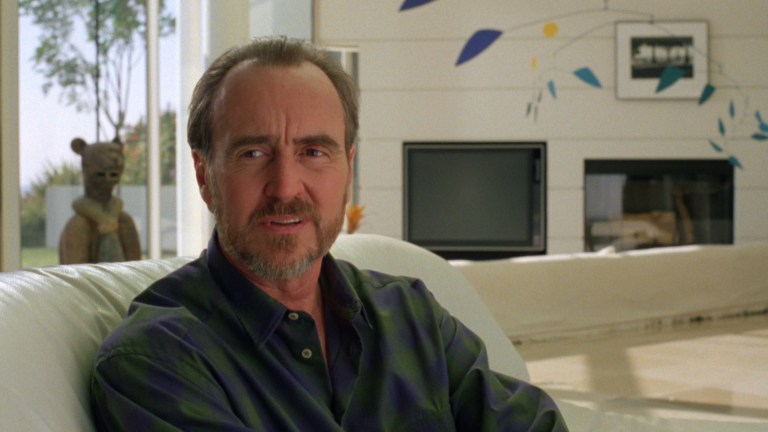
Another big hurdle for bringing an all-new and all-different Nightmare to the screen would be viewers who are unwilling to give a new direction a chance. To put it mildly, changes in something as beloved as a 40-year-old horror series are not always met with widespread acceptance. But is it really Freddy Krueger who people want back? The reaction to Jackie Earle Haley’s Freddy (which, to be fair, has a decent number of supporters) suggests it’s not the character that people necessarily want, it’s the personality of Robert Englund’s Freddy that most fans want to see. That’s not going to happen. At least, not for any more than a possible cameo.

The best way to honor the legacy of a celebrated character like Freddy Krueger isn’t to recast. Not when the character is primarily associated with one actor, and not when the story allows for a simple way to capture the spirit of the character while creating something completely new. A Nightmare on Elm Street changed the landscape of horror twice—once with the original film in 1984, and once with New Nightmare in 1994—so the best way to honor its legacy is to once again reinvent itself. To shake up the world of horror in the modern era. That will require a new killer, in a new setting, with a fresh start.
Further Reading
- Best Slashers of All Time
- Robert Englund Says He’s Done Playing Freddy Krueger
- Horror Movies That Need a Sequel
- Creeptober Day 6: A Nightmare on Elm Street 3: Dream Warriors
- Wes Craven Movies, Ranked/Analyzed
- The Legacy of The Last House on the Left (1972)
- Happy Birthday Wes: A Celebratory Look at A Nightmare on Elm Street (1984)
- 5 Reasons Freddy Krueger Remains the Most Effective Slasher
